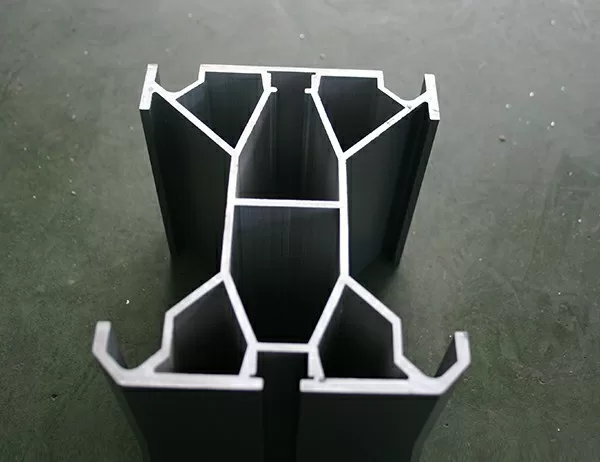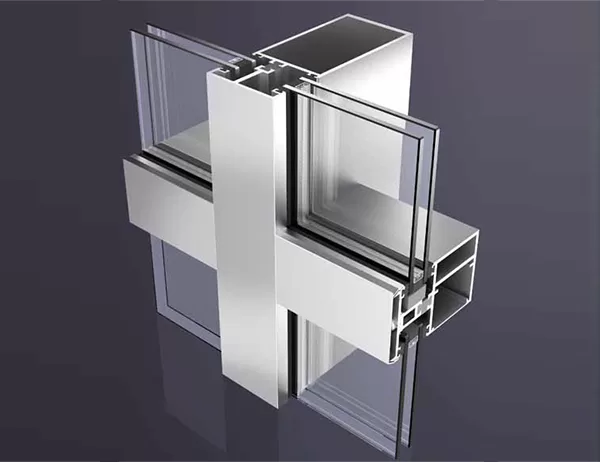How to Cut and Shape 8mm Aluminum Sheets
Aluminum is a lightweight and versatile metal that is commonly used in various industries. Cutting and shaping aluminum sheets is crucial for fabricating components and structures. This article provides a comprehensive guide on how to effectively cut and shape 8mm aluminum sheets.
Safety Precautions
Before handling aluminum sheets, it is essential to observe proper safety measures:
– Wear protective gear such as gloves, safety glasses, and a dust mask to minimize exposure to aluminum particles and sharp edges.
– Ensure that the work area is well-ventilated to prevent inhalation of aluminum dust.
– Use sharp tools and machinery to avoid excessive force and potential accidents.
Cutting Methods
Several cutting methods can be used for 8mm aluminum sheets:
– Circular Saw: A circular saw equipped with a carbide-tipped blade can produce accurate and clean cuts. Use a blade designed for non-ferrous metals to prevent deflection or damage.
– Jigsaw: A jigsaw allows for intricate cuts and curved shapes. Use a metal-cutting blade and adjust the speed and pressure accordingly.
– Shear: A bench shear is suitable for straight cuts. Position the aluminum sheet between the blades and apply pressure to shear through the material.
Shaping Methods
After cutting, 8mm aluminum sheets can be shaped using various techniques:
– Bending: Aluminum sheets can be bent using a brake press or a roller bending machine. Apply force to the sheet to form the desired angle.
– Rolling: A sheet roller or hand rolling tool can be used to create cylinders or curved surfaces. Gradually roll the aluminum sheet to achieve the intended shape.
– Punching: Holes can be punched into aluminum sheets using a punch press. Ensure that the punches and dies are sharp and aligned properly to avoid burring or tearing.
Finishing
To complete the fabrication process, the cut and shaped aluminum sheets may require finishing:
– Deburring: Remove sharp edges and burrs using a file or deburring tool to prevent injury or damage.
– Sanding: Smooth the surface of the aluminum sheet using sandpaper or a sanding block to remove any imperfections or oxidation.
– Painting or Anodizing: To protect the aluminum from corrosion and enhance its appearance, it can be painted or anodized.
Conclusion
Understanding how to cut and shape 8mm aluminum sheets is essential for working with this versatile material. By following the steps outlined in this guide, you can effectively fabricate components and structures that meet your requirements. Always prioritize safety and use appropriate tools and techniques to achieve optimal results.




